We use the present perfect tense to describe actions that a) occurred in the past but are still relevant to the present; b) started in the past but is still happening on a regular or frequent basis (like the present simple). c) was repeated several times in the past. Present Perfect Simple can be used in affirmative, negative and interrogative form.
At the end of this topic, you will:
Use the present perfect simple in its affirmative, negative and interrogative forms through social, historical and cultural contexts related to the origin or making of clothing. As well as to describe past experiences and actions that started in the past and have not concluded.
Have you ever felt uncomfortable with what you wear? Do you believe there are old fashion trends that will make a comeback? What fashion trends that you see today do you think will be out of fashion within two years?
Look at the examples below and remember to use auxiliary HAVE (1st and 2nd person) or HAS (3rd person) as well as the past participle of both regular and irregular verbs. Look at the examples below:
Affirmative
|
I / You / We / They |
have |
been |
...to a fashion show before. |
|
He / She / (It) |
has |
Negative
|
I / You / We / They |
haven’t (have not) / have NEVER |
worn |
...red denim jeans. |
|
He / She / (It) |
hasn’t (has not) / has NEVER |
Interrogative
|
|
Haven’t (have not) / Have NEVER |
I / You / We / They |
worn |
high heels? |
Yes, |
I / you / we / they |
have. |
|
Hasn’t (has not) / Has NEVER |
He / She / (It) |
No, |
I / you / we / they |
haven’t. |
|||
|
How many pairs of shoes |
have |
I / You / We / They |
bought |
so far? |
I / You / We / They have bought over 20 pairs! |
||
|
has |
He / She / (It) |
He / She / It hasn’t bought so many, indeed. |
|||||
Here’s a review of the primary uses of the Present Perfect Simple.
Click on each title to see the information.
E.g. I have always liked tricycles; since I was a child.
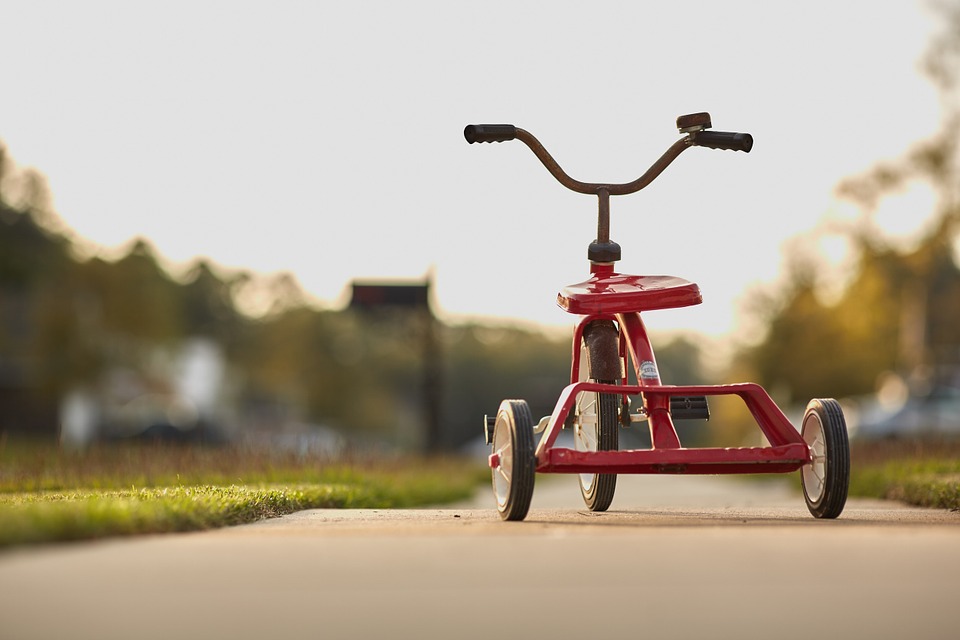
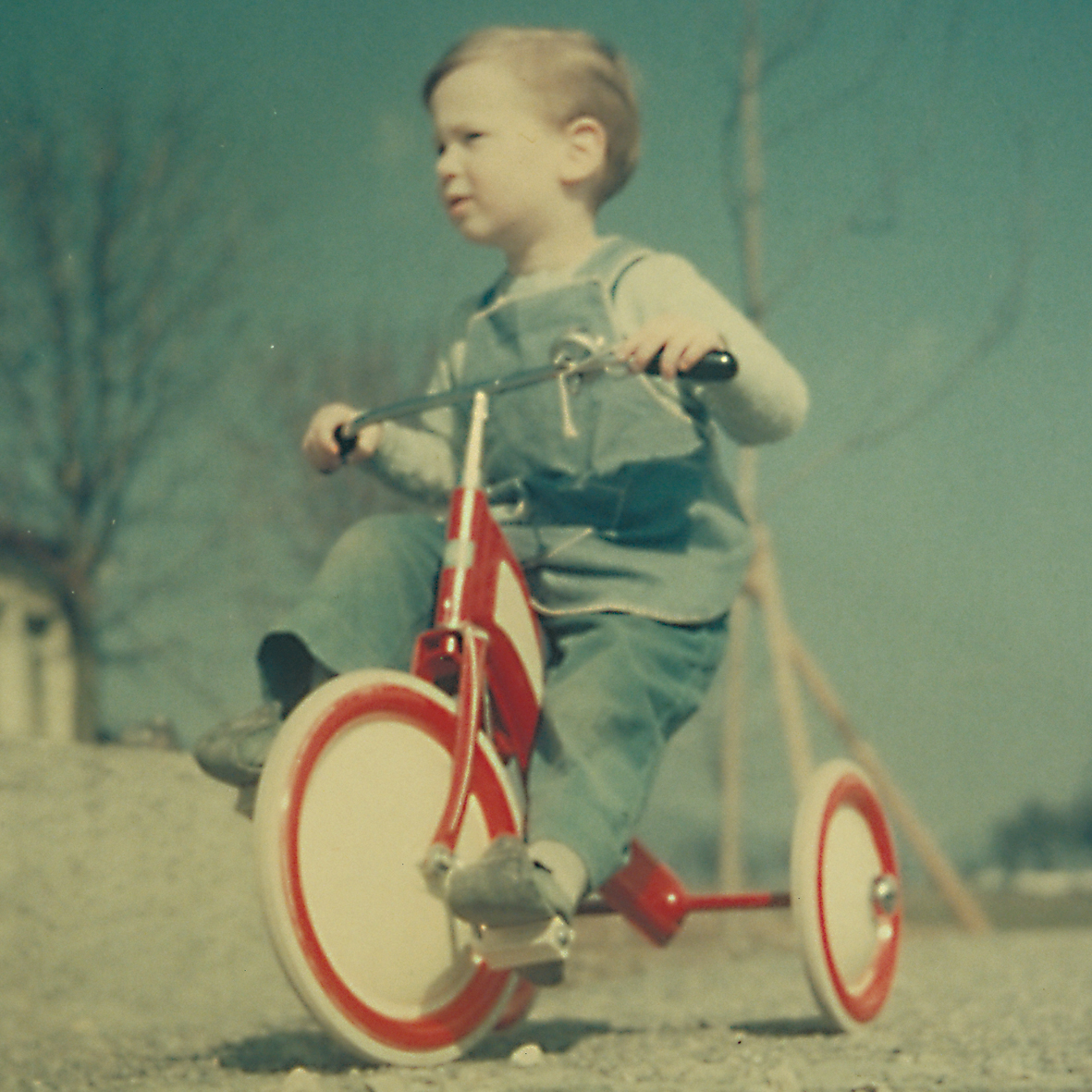
E.g. I think I have seen that sweatshirt before.
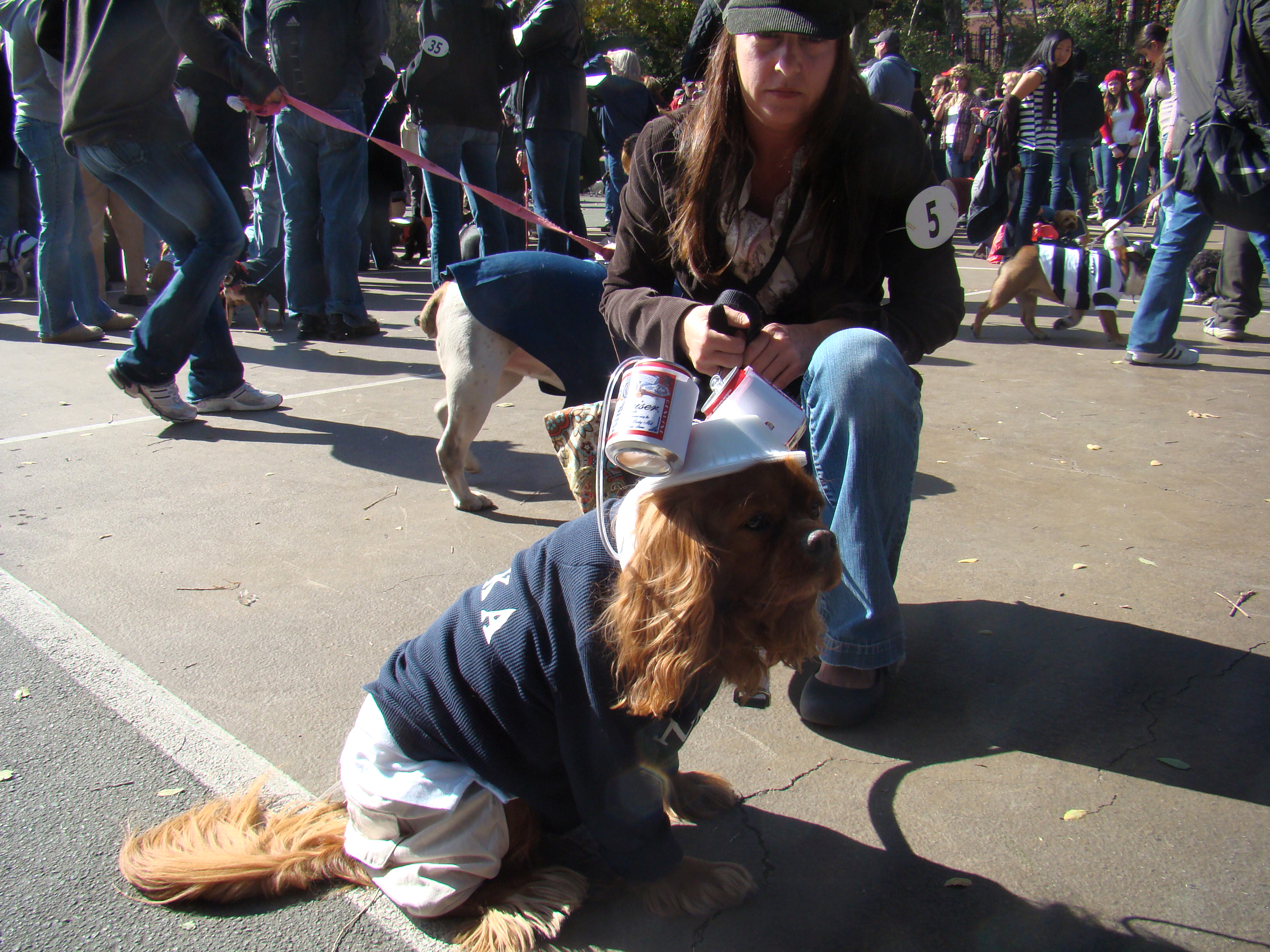
** Notice the contrast with Simple Past which refers to SPECIFIC PAST ACTIONS.
Yesterday, I noticed a coworker and I were wearing the same!!
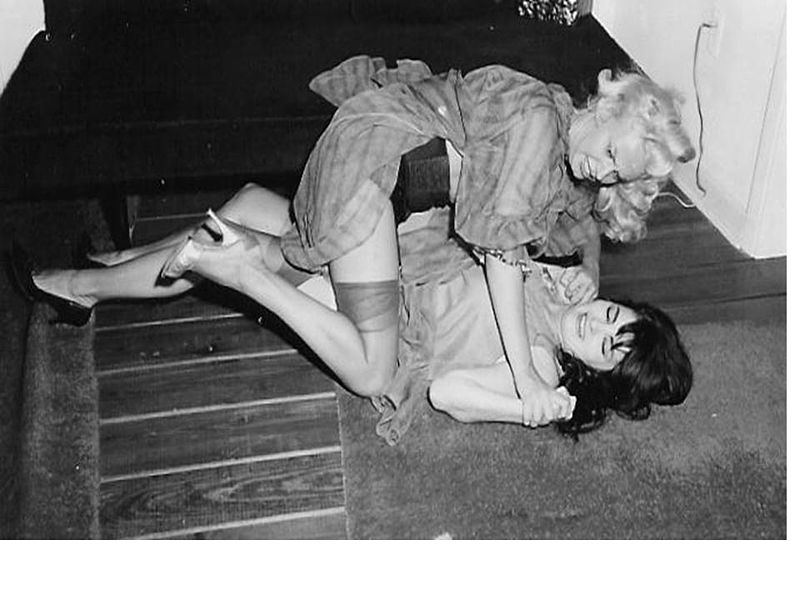
E.g. We have just bought some nice high heels. (We’re still at the shopping mall.)

Activity 1
Read this article about the Evolution of the Bikini then answer Activity 1.
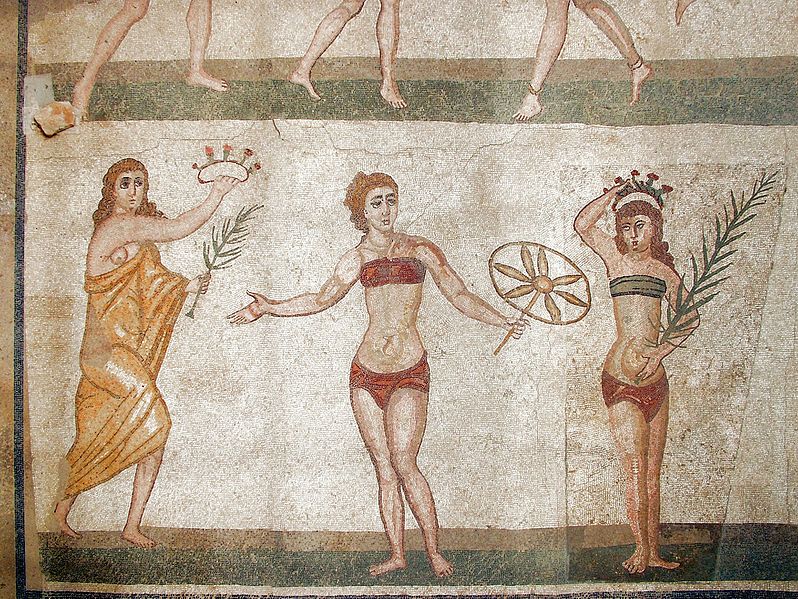
Clemensfranz. (2006). Villa Romana del Casale Bikini Maedchen modified [photo]. Retrieved on April 2017 from https://goo.gl/FVjTgh
Since the bikini was first introduced to the public in 1946, women’s swimming wear has changed a great deal. Bikini designer, Louis Réard recruited a nude dancer from the Casino de Paris to model the launching of the string bikini. Since then, the bikini has become a cultural sensation. Réard himself came up with the term: “bombshell” for these tiny yet explosive revealing swimsuits.
But as the proverb says: “there’s nothing new under the sun”, bikinis have been around history much longer. A mosaic known as Bikini Girls found in a 4th-century Roman villa in Sicily depicts some women playing in revealing two-piece costumes. Bikinis have also been more massive than their modern counterparts; they were probably made of fine leather though they didn’t seem to be suitable in the water. Today, bikinis are both a fantastic fabric engineering creation and an absolute delight of the display.
The design evolution of the bikini has been related to the emancipation of women. It has been considered as a symbol of liberty and body confidence. Some significant moments include the 1956 French film: “And God Created Woman”, and, of course, Ursula Andress’s Bond girl white bikini moment in “Dr No” in 1962.
Through the years, several fashion designers have tried to introduce other controversial one-piece versions of the bikini, such as Rudi Gernreich and his topless monokini in 1964, and its younger sister, the pubikini, released in 1985, however, both items failed to catch on.
The past few decades have let out a stream of new takes on this swimwear: from the tankini to the Brazilian thong. There are triangle tops, tie-tops, and halter-tops, and t-strings, g-strings and V-strings (Victoria’s Secret-branded g-strings) for the bottom. All have offered subtle design variations to the original two-piece garment.
But then again, recent years have seen a return to more covered, retro style in swimwear thus increasing interest for the one-piece. So simple yet so influential, the bikini has acquired an enduring ability to deliver a powerful impact as a strong social or fashion statement. Making it a design icon that has reflected the way fashion trends and women’s ideal body types have changed throughout history.
Adapted from: Foreman, Katya. (2014, 21, October). Why the bikini became a fashion classic. [Online]. BBC: Culture. Consulted on April 2017 from https://goo.gl/vWlDV6
Activity 2
Lesekreis. (2014). High Heels 2014 [photo]. Retrieved on April 2017 from https://goo.gl/ehKmfs
Watch the video (from 0:00 to 2:25) “Why do women wear high heels?” Then use the information from the audio to complete Exercise 2.
Activity 3
Research on an essential clothing item in Fashion’s History and create a catalogue showing the transformations this piece of clothing has had.
Follow the example of the text “The Evolution of the Bikini” in Activity 1. Record the history of another clothing item in a 2 to 5 min video.
You can use one of the following links to make your recording. Use at least four images to show the transformations that this piece of clothing has had. The links are easy to use:
Below there is a list of possible items you may choose from:
Here is an example of how your work might look using HowStuffWorks: https://goo.gl/LYZ2wO
Reference: HowStuffWorks. (2015, 23, May). The Bikini: Where did it come from? | Stuff of Genius [video].Retrieved from https://goo.gl/LYZ2wO
Take a look at the rubric to assess this activity, then self-evaluate your video.
Activity 4
You recently found this job offer at a job website and want to apply for the post:

Mauricio (2017)
You have to write about the event that is taking place using simple present continuous as much as possible. Make sure you to mention what, where, why, who and when.
Write your letter in 140- 190 words in an appropriate style.
In the first paragraph: say why you are writing and what you are responding to (advert, prospectus, etc.).
In paragraph 2: talk about yourself or your experience.
In paragraph 3: make clear, again, your interest in the job and why you are a suitable candidate and state your availability.
Use a formal ending to Conclude your letter.
Use the following link “Letter to a job” to read a sample letter before writing your own.
Take a look at the rubrics to self-assess this activity:
Do you have a pair of jeans in your closet? Aren’t jeans one of the best inventions in the world?
Read the article below about Denim Jeans. Then fill in the blanks using the present perfect structure and the correct form of the verbs in parentheses.
English Exam Help. (s/f). Consulted on: April 08th, 2017 from https://goo.gl/CjoLhC
FIDM. Museum & Galleries. (s/f). Consulted on: April 08th, 2017 from https://goo.gl/P0TZoe
Foreman, Katya. (2014, 21, October). Why the bikini became a fashion classic. [Online]. BBC: Culture. Consulted on: April 08th, 2017 from https://goo.gl/vWlDV6
Internwise. (s/f). Consulted on: April 11th, 2017 from https://goo.gl/jMEUNr
New World Encyclopedia. [Entry: Fashion]. Consulted on: April 09th, 2017 from https://goo.gl/fk6zzE
Christies. (s/f). Section: Editor – Online Content. Consulted on: April 11th, 2017 from https://goo.gl/oKDgr4
Sonali Kulkarni. Ever-changing Fashion Trends Has Not Affected Denim Jeans!. Consulted on: April 08th, 2017 from https://goo.gl/D0oZJ4
DW English. (2015, 14, August). 2000 years of shoe history | DW News. Consulted on: April 10th, 2017 from https://goo.gl/dMYWci